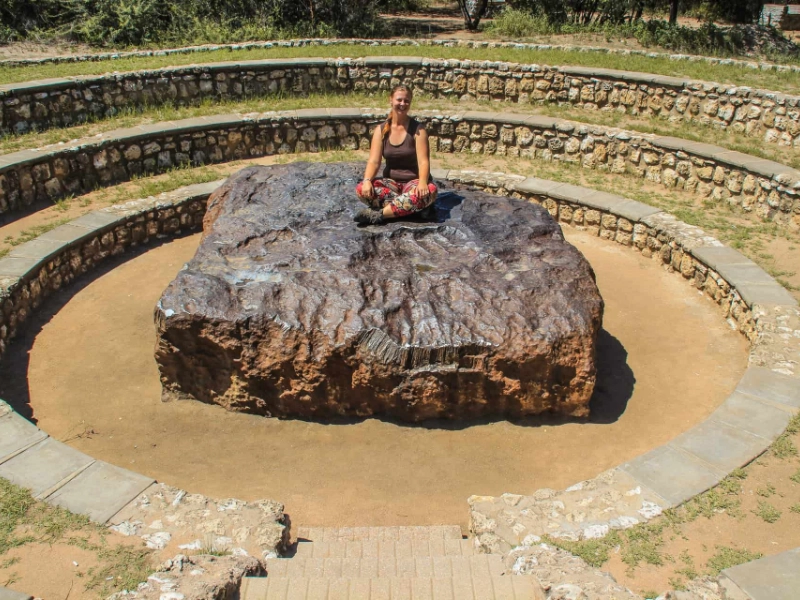Space Rocks That Rocked Our World: 10 Meteors You Won't Believe Actually Hit Earth!
Advertisement
1. The Hoba Meteorite

Advertisement
The biggest known meteorite on Earth, the Hoba meteorite starts our trip. Found in Namibia, this enormous weight of iron and nickel—more than sixty tons—attests to the overwhelming force and mystery of space objects. The Hoba meteorite is amazing not just in scale but also in scientific relevance and interesting background.
Jacobus Hermanus Brits, a farmer, came upon the Hoba meteorite in 1920 while tiling his fields. After the plough struck something hard, Brits searched and found the enormous iron object. It was first thought to be a big boulder, but more investigation turned out its extraterrestrial source. Discovery of the meteorite was a major event attracting interest from both experts and the common people.
Comprising mostly iron (approximately 84%) and nickel (about 16%), the Hoba meteorite is categorised as an ataxite, an uncommon form of iron meteorite with a high nickel concentration. Its composition and organisation have given important new perspectives on planetary body creation and differentiation in our solar system. The special qualities of the Hoba meteorite have attracted a lot of scientific investigation, therefore advancing our knowledge of the mechanisms sculpting celestial bodies.
The rather flat and smooth surface of the Hoba meteorite is among its most fascinating features. Unlike most meteorites, which are generally unevenly shaped and extensively weathered, the Hoba meteorite seems to have experienced little erosion since it first arrived on Earth. This has caused researchers to conjecture about the impact dynamics and arrival path of the meteorite. According to some ideas, the Hoba meteorite arrived in the Earth's very low angle, slowing down its speed and stopping it from creating a crater upon impact. Rather, it is said to have landed softly and maintained its original size and form.
The great weight and scale of the Hoba meteorite have also presented difficulties for investigation and preservation. Because of its great weight, the meteorite has stayed in its natural habitat since its discovery. The Hoba meteorite has become a protected national monument in Namibia since efforts to relocate or transport it have been judged unworkable. Travelling visitors from all around come to wonder at this amazing space rock, a physical link to the universe.
Apart from its scientific value, the Hoba meteorite is significant culturally and historically. For the people of Namibia, it now represents their great natural legacy and cause of pride. The finding of the meteorite and later research have also underlined the significance of these objects in comprehending the evolution and background of our earth.
Ultimately, the Hoba meteorite is an amazing evidence of the might and enigmas of space objects. Its great volume, unusual composition, and well-preserved condition make it an interesting topic of research and an important scientific tool. The Hoba meteorite reminds us of the amazing forces operating in the universe and the ongoing appeal of space rocks as we keep discovering the secrets of the cosmos.
Advertisement
You May Like

